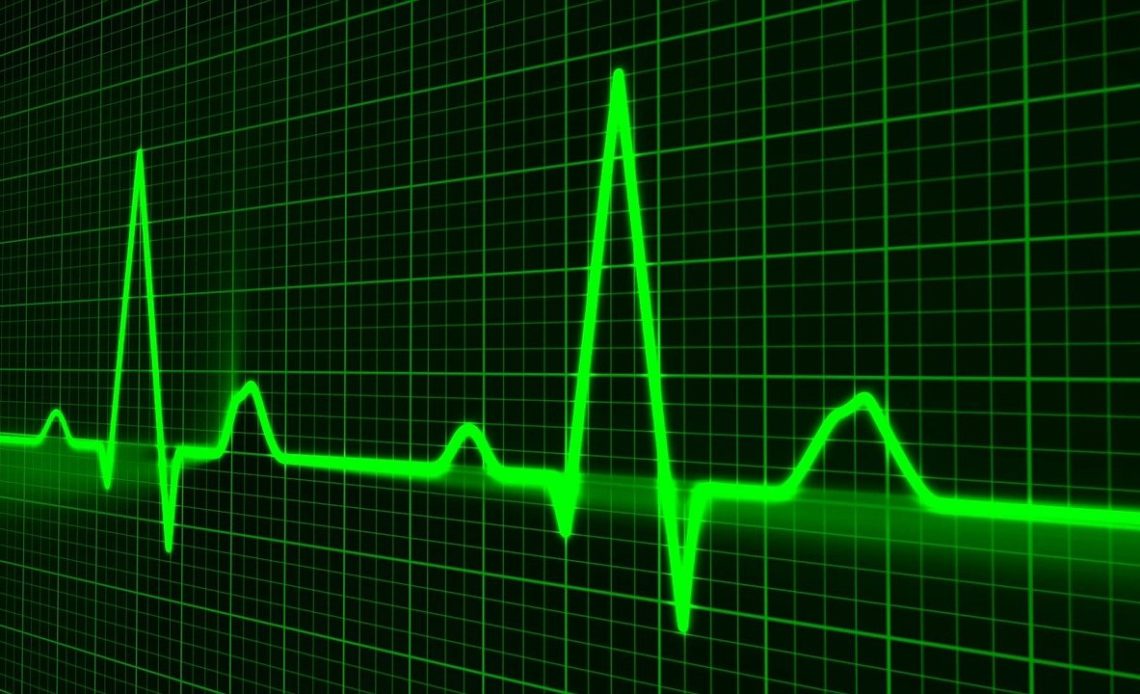
The healthcare industry in the United States employs 11% of American workers and accounts for 18% of the national gross domestic product (GDP), a percentage that is steadily growing. This means that more than one out of every six dollars spent in the US is on wellbeing. The industry, and the amount of data it uses, continues to rise.
Data usage in healthcare grows enormously
The data generated by the healthcare industry was estimated to be 153 exabytes in 2013 and forecast to be 2,314 exabytes in 2020, a CAGR of 47%. This data is comprised from many sources, such as video files, from MRIs and CAT scans; pictures, from X-rays and photos, both internal to the body and external; audio files from doctor’s notes; text files; the increased use of IoT (Internet of Things) devices to track equipment; wearables (e.g., FitBit-like devices), and newly networked equipment such as blood pressure monitors and ventilators, which can relay readings in real-time.
Industry needs are specific
Healthcare facilities have a different combination of requirements for their wireless needs than other facilities. They need high speed to handle the real-time transfer of large data files, which can be critical in life-saving circumstances, e.g., from radiology to the emergency room. They also need security to meet the various medical privacy laws, such as those covered by the GDPR (General Data Protection Regulation) in Europe, and HIPAA (Health Insurance Portability and Accountability Act) in the US, which impose strict requirements for the protection of patient privacy. Healthcare facilities need to handle many devices, as more non-computing things (e.g., thermometers, mobile medicine dispensaries) hook up to the network as a part of the IoT.
One possible solution for handling the communication requirements of the healthcare industry is Wi-Fi, already present in most facilities but which does not have the level of security necessary to protect patient privacy. (Wi-Fi can still be used in the facility for non-secure communications, such as patients accessing the internet.) Another potential solution is wired connections, which can cost millions of dollars more and not provide much of the functionality of a wireless solution (e.g., IoT, networked blood pressure monitors).
To adequately meet the high speed and high privacy requirements from the healthcare industry, the solution is a private network. A private network, sometimes called a non-public network, is a mobile broadband network designed for a specific organization, with access rights to the network controlled by that organization. Private networks can be set up using 4G or 5G on various frequency bands, such as the CBRS 3.5 GHz band. There are hundreds of private networks in operation in diverse fields such as manufacturing, education, ports, and healthcare. The forecast expects that number to grow to over 20,000 by the year 2026.
Private networks in operation
One of the early private networks in healthcare was installed in Chicago by the Rush Medical Center. AT&T began work with Rush in 2019 to implement a 5G private network to enhance patient safety. Shaqif Rab, the CIO at Rush Medical Center, said, “The technology will enhance access to care, even from long distances, while also helping to decrease costs and improve efficiency.” The number of telehealth visits skyrocketed due to COVID-19, and tracking which doctors and patients are on site is a logistical blessing. Rush is planning on more uses, such as using video and photos to allow access through restricted doors, augmented reality to help surgeons ‘see’ into the patient before an incision, and virtual reality to help medical students dissect digital bodies rather than cadavers.
The cost savings over a wired building are enormous. Jeremy Marut, the chief enterprise architect for Rush, said of the savings, “We’re talking in the millions [of dollars], in the absolute millions. Especially in the old, old building.”
Sichuan Hospital, in China’s Sichuan province, unveiled a 5G private network in November 2019. The system was a collaboration between China Mobile, a service provider, Huawei, an equipment vendor, and the hospital. Among other services, the system uses HD (high definition) panoramic cameras in the NICU (neonatal intensive care unit), where care is provided for premature babies. As personal access is often limited for parents of at-risk infants, the cameras stream in real-time the events in the NICU, where parents can experience the room using a VR (virtual reality) device.
The COVID-19 pandemic brought a flood of patients to many hospitals in a short time, and medical personnel were hard-pressed to process them quickly and efficiently. Memorial Health Center in Springfield, Illinois, worked with RF Connect, a mobile solutions provider, and CommScope, an equipment manufacturer, to set up a private LTE network running on the CBRS 3.5 GHz band. The network was set up to work in temporary triage tents outside the hospital walls, required no power or cable infrastructure, provided Wi-Fi connectivity, and satisfied the security requirements necessary under HIPAA. “It’s a single-day installation,” said Steve Wimsatt, senior director of business development and alliances with CommScope.
A private 5G network running in the mmWave (millimeter wave) band, which operates at 28 GHz and above, is being installed by AT&T at the Ellison Institute for Transformative Medicine in Los Angeles. The high data transfer rates possible at that bandwidth appeal to the Institute, which carries out cancer research, and generates enormous files with, for example, 3D tumor imaging.
What will the future bring?
The future will see new and improved applications in the medical field, such as increased telehealth communications, where patients communicate with their healthcare providers online, needing strict privacy. Global telehealth revenues are expected to grow from $61 billion in 2019 to $559 billion in 2027, a CAGR of 25%. High speed and reliable communications between an ambulance rushing a badly injured person to the emergency room will allow ER doctors to specify treatment before arrival at the hospital.
The number of private networks in the healthcare field will grow significantly in the next few years, saving lives and money. That’s good medicine for all of us.


